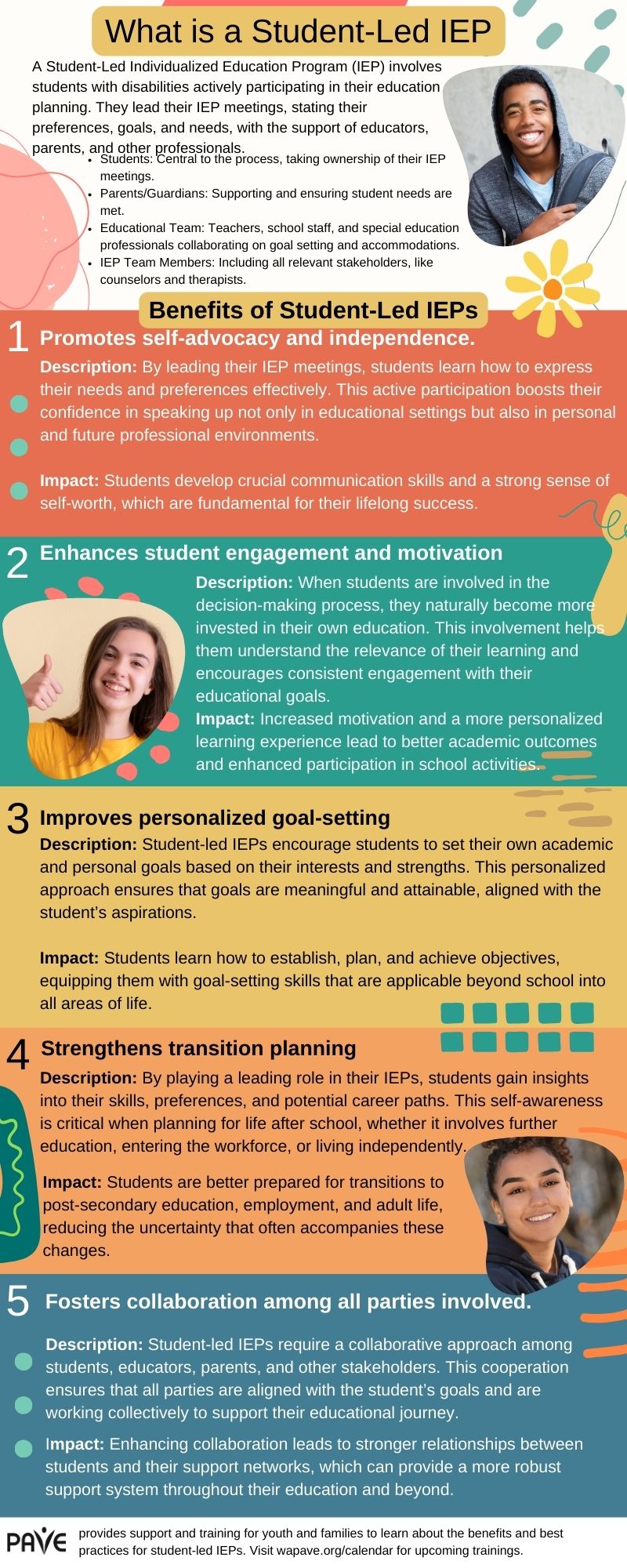A Brief Overview
- PAVE offers this article specifically to assist families navigating special education systems when they are new to our state, or if they have a child or youth who now needs special education
- The information in this article is available on a downloadable two-page handout.
- Families can get individualized help by filling out a Helpline Request form on PAVE’s website. To help us serve you, please let us know if your family has a military connection.
- Welcome to Washington!
Full Article
For families new to Washington State, this article includes state-specific information about special education systems. PAVE wants to extend a warm welcome to your entire family and to let you know that our staff is ready to support you. Information about how to contact PAVE for support is included at the end of this article and through the Get Help section of our website, wapave.org.
If your family has moved here to fulfill a military role, thank you for your service!
One of PAVE’s programs, Parent Training and Information (PTI), helps Washington families be the best advocates they can be for children who need special education support. PTI does this by providing information, training, resources, and individualized support to help parents/caregivers understand their rights and responsibilities, navigate school, and connect with community resources.
Our PTI team of resource coordinators is positioned throughout the state, so be sure to check our calendar of events to see if there might be a training near your local area. PTI offers four toolkits to support your journey:
- Toolkit Basics: Where to Begin When a Student Needs More Help
- Early Learning Toolkit: Overview of Services for Families of Young Children
- School to Adulthood: Transition Planning Toolkit for High School, Life, and Work
- Behavioral Health Toolkit for Navigating Crisis, School-Based Services, Medical Services, Family Support Networks, and More
Following is some basic information to help you start navigating Washington systems.
General Education Information:
- Our State Education Agency is the Office of Superintendent of Public Instruction (OSPI): k12.wa.us.
- Local Education Agencies (LEAs) are organized as 295 Districts that operate independently and include a school board governance structure. School boards are responsible to follow the Open Public Meetings Act.
- There are nine Educational Service Districts that partner with OSPI to provide services for school districts and communities and to help OSPI implement legislatively-supported education initiatives.
- Charter schools have the same responsibilities as all public and non-public entities when serving students with disabilities.
- The state has multiple Pathways to Graduation and requires a High School and Beyond Plan for all students.
Special Education Information
- State law related to the provision of special education is part of the Washington Administrative Code, WAC Chapter 392-172A.
- Special Education process and parent rights and responsibilities are described in a handbook available for download on OSPI’s website: Procedural Safeguards.
- A child’s right to a timely evaluation and the school district’s responsibility to seek out and serve students with disabilities is described on OSPI’s website as an aspect of Child Find.
Common Questions/Answers and linkages for further information in Washington State
- Where can parents get information about services for infants, Birth-3? The state’s Department of Children, Youth and Families (DCYF) administers a program called Early Services for Infants and Toddlers (ESIT): Email: ESIT@dcyf.wa.gov, Phone: 360-725-3500
- What is the agency that administers Medicaid? Medicaid is called Apple Health. Applications are managed through the Health Care Authority (HCA), which oversees various Managed Care Organizations (MCOs) to provide health plan options. For more information, visit: hca.wa.gov or call 1-800-562-3022.
- Does WA state offer Early Learning programs? Early Childhood Education and Assistance Program (ECEAP) is Washington’s program for 3- and 4-year-old children from low-income families. DCYF provides details about ECEAP and federally funded Head Start programs. Children are eligible for ECEAP and Head Start based on their age and family income. Up to 10 percent of ECEAP and Head Start children can be from families above the income limit if they have certain developmental factors or environmental factors such as homelessness, family violence, chemical dependency, foster care, or incarcerated parents.
- What is your state’s timeline for an initial evaluation for special education services? A school district has 25 school days to respond to a referral/request for special education evaluation. Once a parent/caregiver signs consent, the district has 35 school days to complete the evaluation. The state requires the district to write and implement an IEP within 30 calendar days after eligibility is determined. PAVE provides a comprehensive article about the evaluation process on our website: Evaluations Part 1.
- What is your state’s policy on re-evaluations? A parent can request an evaluation any time there are concerns about whether services match the student’s present levels of performance and support needs. PTI provides a sample letter for requesting evaluation.
- Does your state have unique names for IEP eligibility categories? PAVE’s article, Evaluations Part 1, includes more detail about the 14 qualifying categories of disability. Developmental Delay is a category for children Birth through age 10. One example of a category with a unique name in Washington is Emotional/Behavior Disability, which in federal law is referred to as Emotional Disturbance.
- Does your state have a unique policy about dyslexia? Washington passed a law in 2018 that requires schools to screen children in kindergarten through second grade for signs of dyslexia and to provide reading support for those who need it. The law takes full effect in 2021-22. PAVE provides an article with links to current state information.
- What are some of your state’s options for dispute resolution? OSPI provides information about how to request a (free) mediation or facilitated IEP meeting with a third-party facilitator. OSPI also offers options for filing a Community Complaint or requesting a Due Process Hearing. OSPI’s Due Process website page includes a link to a legal assistance list.
- Do principals or school heads in your state have sole authority? Decisions about the provision of special education services are made by an IEP team, which includes parents and specific required staff members (WAC 392-172A-03095). A booklet describing the process of special education and parent/student rights is provided in multiple languages on OSPI’s website: Procedural Safeguards.
- Does your state use a standard IEP form? No. Many schools use a software program called IEP Online. Each district has a different link to access the specific forms used.
- What are your state’s graduation requirements? In 2019, the Washington State Legislature provided students with multiple pathways to graduation by passing House Bill (HB) 1599. PAVE provides an on-demand webinar: Life After High School: A Two-Part Training to Help Families and Young People Get Ready.
- How does your state enforce compliance with Section 504 Plans? OSPI provides a list of Section 504/Civil Rights compliance officers assigned to each school district.
- Interstate Compact for Military Children. Included are updated contacts.
How to contact PTI for direct assistance
Family caregivers who have questions or want direct support can reach out to PTI by filling out a Helpline Request Form at wapave.org/get-help. Another option is to call our Helpline and leave a message. We can support calls in English or Spanish: 1-800-572-7368, ext. 115.
Here are some questions you might have that our PTI might help answer:
- How can I be sure my child receives comparable services?
- What should I do if I think my child might need additional services?
- How does the evaluation or re-evaluation process work?
- What are my rights if my child is being disciplined or struggling with behavior?
- What do I need to know about the roles and responsibilities at the state and local level?
- What are my options if I’m not satisfied with my child’s IEP or Section 504 Plan or if I don’t think the school is following it?
- What state agencies are responsible for managing parent complaints?
- How can I make sure that my high-school child stays on track for graduation?
- I’ve heard, “We don’t do that in Washington.” Is this true?
Again, welcome to Washington and we look forward to serving you!
We hope you might enjoy the delicious apples in our state—and save one for the teacher!


